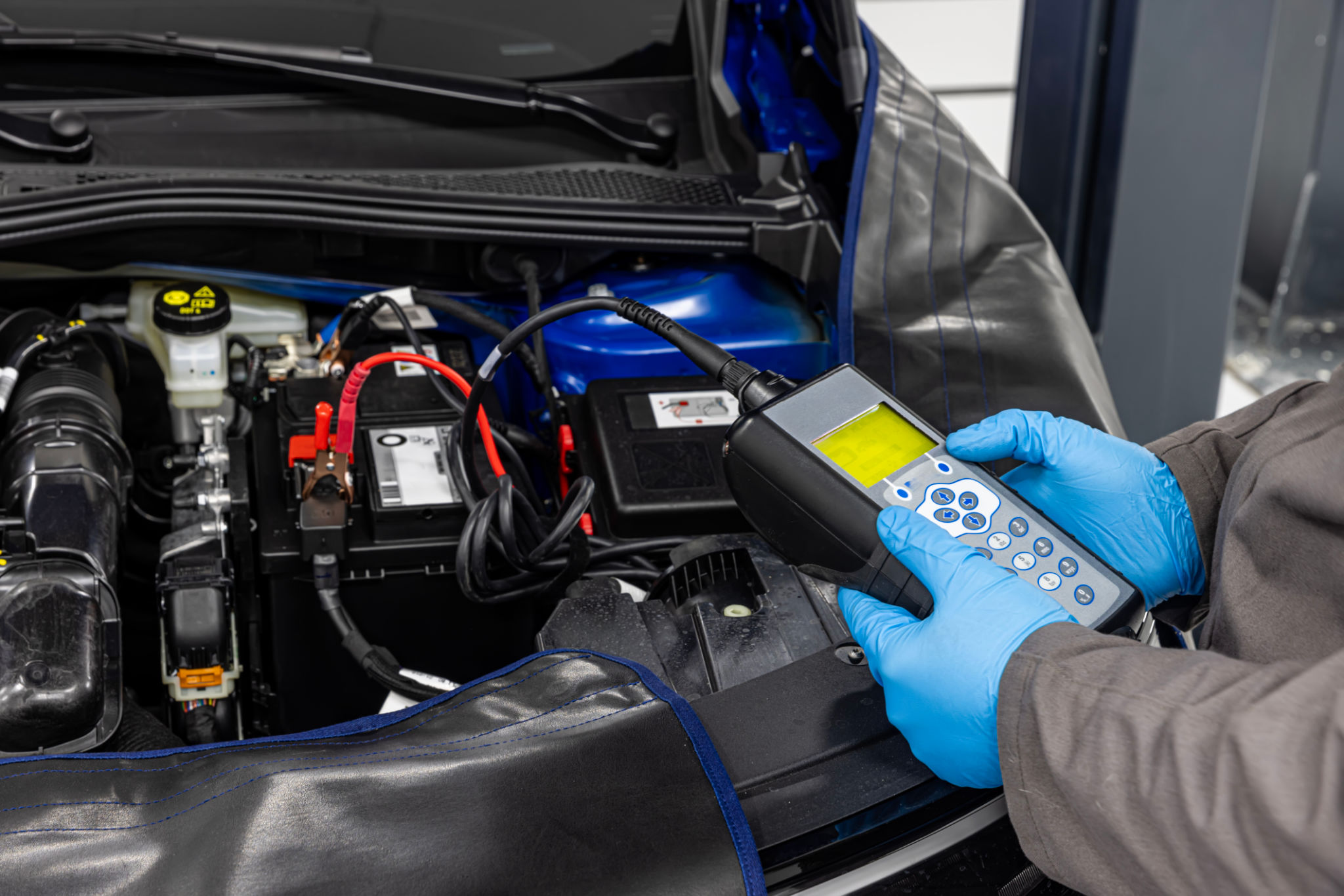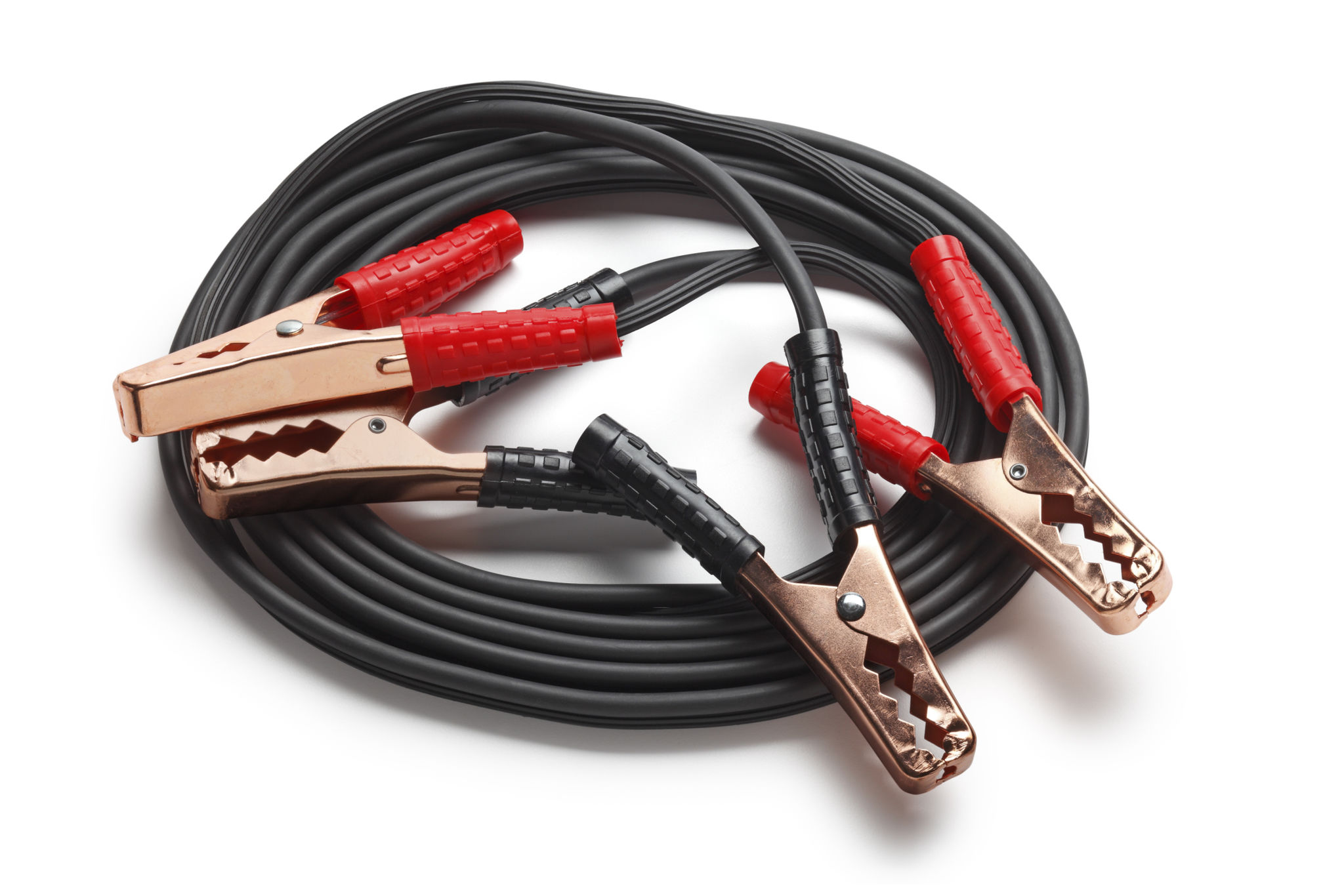Common Myths About Car Battery Boosting Debunked
Introduction to Car Battery Boosting Myths
Car battery boosting is a common practice for drivers facing a dead battery. However, there are several myths surrounding this process that can lead to confusion and misconceptions. In this article, we'll debunk some of the most common myths about car battery boosting to help you make informed decisions.
Myth 1: Any Car Can Jump-Start Another
One of the prevalent myths is that any vehicle can jump-start any other vehicle. While it's true that most cars can provide a jump start, it's important to consider the size and type of the battery. Using a smaller vehicle with a weaker battery to jump-start a larger vehicle may not be effective, and could even damage the smaller car's electrical system.

Myth 2: Jump-Starting is Risk-Free
Many people believe that jump-starting a car is completely risk-free. However, improper connections or using damaged jumper cables can lead to serious electrical issues or even battery explosions. Always ensure that the jumper cables are in good condition and follow the correct procedures to minimize risks.
Myth 3: The Battery Charges Fully After Jump-Starting
A common misconception is that once you've jump-started your vehicle, the battery will be fully charged after driving around for a while. In reality, driving alone may not fully charge a dead battery. It's advisable to have your battery checked and, if necessary, recharge it using a proper battery charger.

Myth 4: You Can't Jump-Start in the Rain
Many drivers avoid jump-starting their vehicles in the rain due to fear of electric shocks or equipment damage. While it's important to exercise caution, modern vehicles and jumper cables are designed to handle wet conditions. Always ensure you are in a safe environment, but don't let rain be the sole reason to avoid jump-starting.
Best Practices for Safe Car Battery Boosting
To ensure safety and effectiveness when boosting a car battery, follow these best practices:
- Use high-quality jumper cables with sufficient length and thickness.
- Ensure both vehicles are turned off before connecting the cables.
- Connect the positive cable first and disconnect it last.
- Avoid letting the clamps touch each other during the process.

Conclusion: Making Informed Decisions
Understanding the facts behind car battery boosting can help dispel myths and prevent potential damage to your vehicle. By following correct procedures and dispelling common misconceptions, you can safely and effectively manage a dead car battery situation. Remember, when in doubt, consult with a professional mechanic for guidance.